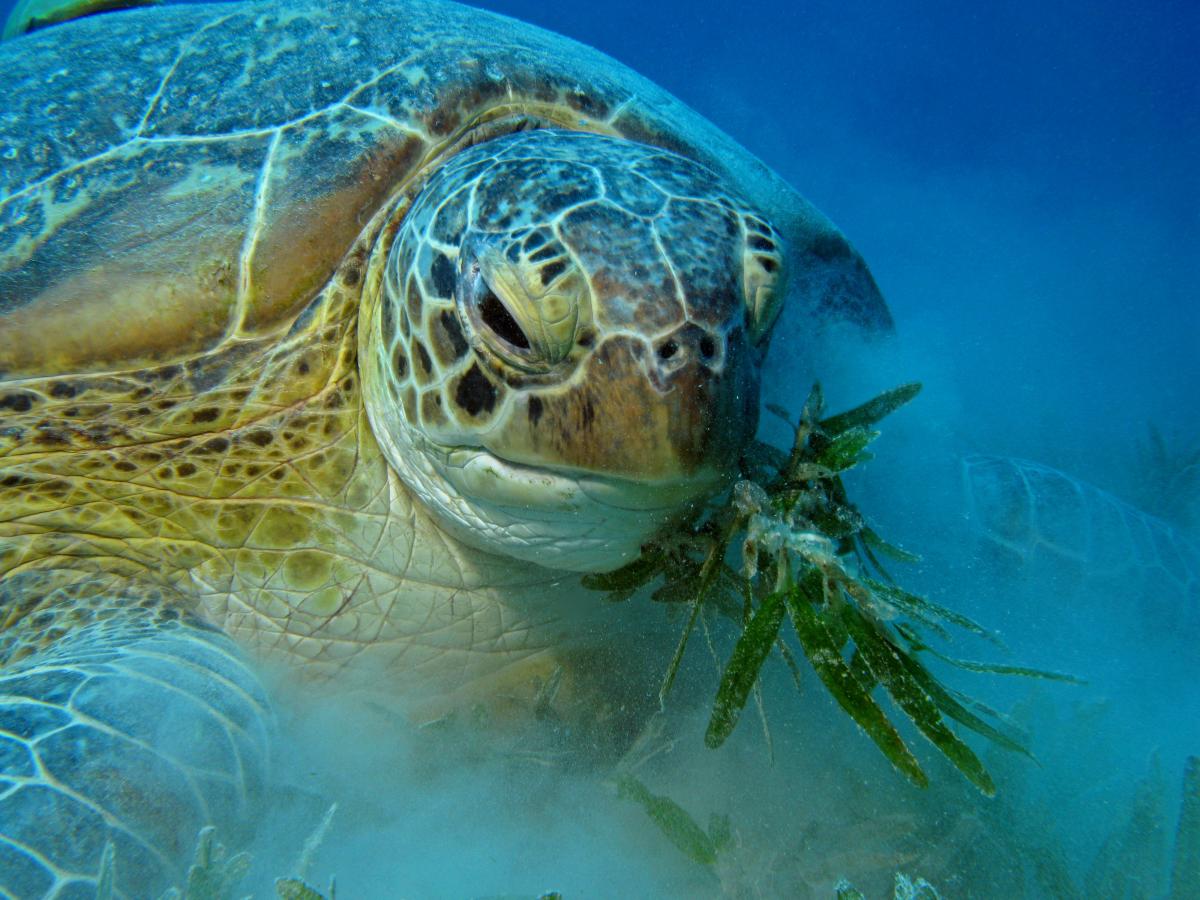Best breeding season yet for Mediterranean Monk Seal colony
Mercedes Muñoz Cañas, Project Technician with SOS Grantee CBD-Habitat, an IUCN Member, shares encouraging news from the Mediterranean monk seal (Monachus monachus) sanctuary at Cabo Blanco, Mauritania.
So far the project team have counted 67 seal births at the colony and the 2014 breeding season has not yet closed! According to Mercedes this is a new record for the “Costa de las focas“ - a sanctuary that constitutes the biggest hope for the recovery of this Critically Endangered species.
The "Costa de las focas” is a terrestrial-maritime reserve that protects the three breeding caves for approximately half the total world population of Mediterranean monk seals. Since conservation work began in the late 1990s, the colony’s population has more than doubled from 109 to 250 animals. Significantly the average annual birth rate has also doubled from 30 to 60 in more recent years.
All these successes would not have been possible without daily surveillance, asserts Mercedes. To recover through normal breeding, the seals first must be free from human disturbance. Meanwhile nearby, lies Nouadhibou, the second largest city in Mauritania with a population that is growing.
Before the reserve was created in 2001, many barnacle collectors, line fishermen and fishing pirogues (sea going canoes) were active in the vicinity of the colony’s breeding caves. This created stressful and dangerous situations for the monk seals.
While there was no direct interaction harming the species, the human activity was occurring inside and around the area where the seals lived, scaring them away and leaving firstborn pups alone during breeding seasons. The presence of fishing gear in the water compounded this problem – inexperienced pups and youngsters were more at risk of becoming entangled and even drowning as a result.
This short film shows just how real the problem of entanglement can be for young Mediterranean monk seals:
Thus, while 67 new pups sets a record and shines a candle against the looming shadow of extinction, the ongoing work of surveillance and awareness raising must also continue.
Ensuring minimal human activity in the reserve, especially closer to the breeding caves is key according to Mercedes. But it is just part of the longer-term solution. To learn more about this project please click here.
Protecting threatened species is critical because we are protecting parts of our life support system. Wildlife and nature supply us with so many basic necessities from food to fuel and shelter, but also inspiration in art, language and design to name but a few examples.
Right now we are protecting more than 200 species please contribute to SOS to help us continue to protect more of our natural heritage.








